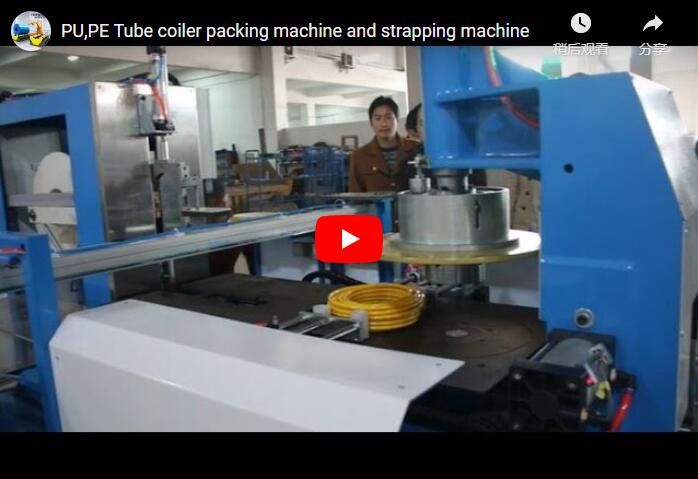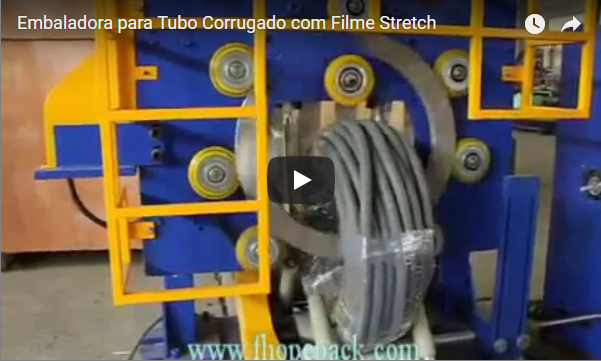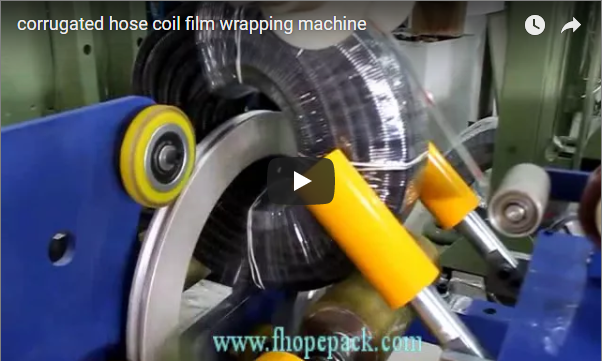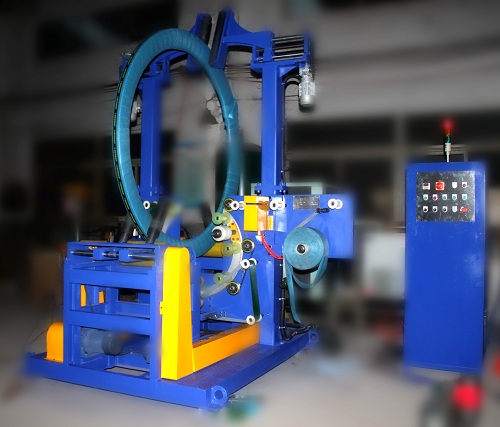Insights on automating tyre packing are crucial for manufacturers. Identifying pain points and recognizing effective solutions keep us ahead. A compelling guide to streamlining tyre handling awaits you.
Automating tyre packing and storage ensures efficiency by minimizing human error, reducing labor costs, and improving consistency. It revolutionizes traditional methods, offering seamless, systematic processes that align with modern demands.
[Getting the basics right is crucial. When traditional methods struggle, automation revolutionizes them. Curious? Find out how next.]
1. What are the key considerations for automating tyre packing?
[Understanding tyre handling complexities is critical. Get ready to explore its intricacies and potential automation solutions. Discover what matters most when upgrading processes.]
The fundamental elements in automated tyre packing revolve around system integration, machine compatibility, and safety measures. Identifying these ensures a robust transition from manual to automated systems, promising productivity and safety enhancements.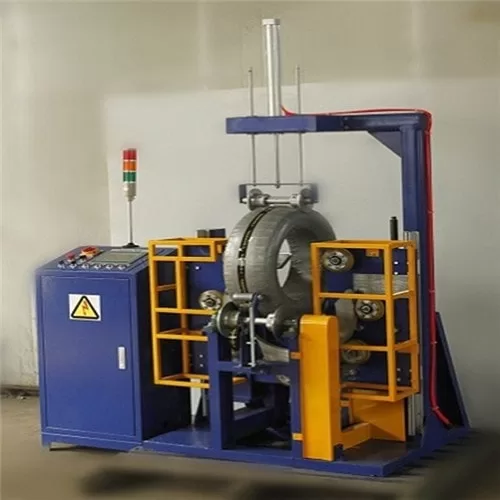
Understanding System Integration
Deploying an automated tyre packing system requires critical assessment of existing infrastructure. System integration isn't merely about installing new machines; it's an orchestra of processes working in harmony. We need to consider the compatibility of new systems with existing operations to ensure smooth workflow transitions. Evaluating machine compatibility is paramount. The automation system must support varying tyre sizes and shapes, accommodating the full spectrum of inventory. Equally, its safety measures should align with industry standards to protect both products and personnel. We must foster an adaptable approach within our teams. Change management strategies become vital, ensuring staff are trained appropriately and systems regularly updated. Assimilating human expertise with digital precision can transform your packaging line efficiency, warranting improved throughput and reduced physical strain on workers.
2. How does automation enhance storage efficiency?
[Envision a hassle-free storage solution. Curious about the improvements automation brings? Let's delve into its transformative impact on tyre storage.]
Automation optimizes storage space, organizes inventory with precision, and enhances accessibility. Through advanced tracking systems and efficient stacking, it enables maximum utilization of available space, boosting productivity significantly.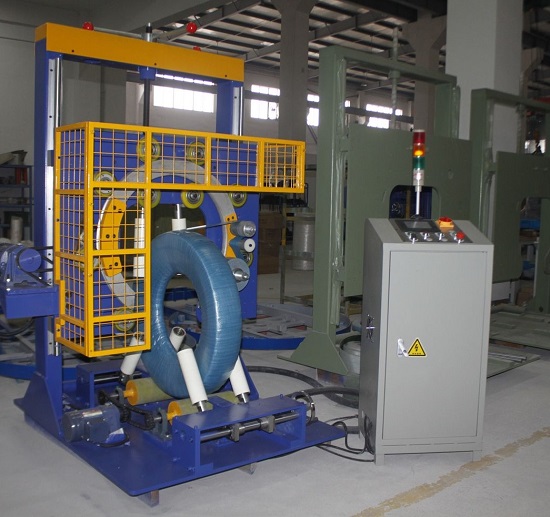
Optimizing Inventory Management
Automated systems redefine how we approach storage logistics. With precise control over inventory, automated systems can maximize space utilization. Advanced tracking systems offer real-time inventory oversight, bridging information gaps between production and supply chains. Sophisticated stacking methods allow higher stocking density without compromising access, crucial for high-demand seasons. Accessibility plays a critical role in storage efficiency. Automated retrieval ensures the right tyre is easily accessible, reducing lead times. By leveraging automated guided vehicles (AGVs) or similar technologies, arduous and time-consuming manual retrieval is replaced with precision and ease. Our journey toward efficient storage reviews existing practices, incorporating automated controls for temperature and humidity to prevent premature degradation of rubber materials. It's about merging scientific understanding with technological advancements, ensuring stored products retain optimal condition over time.
3. What challenges might arise during automation and how are they addressed?
[Every innovation comes with its hurdles. Preparing for potential automation challenges enables smoother transitions. Stay informed and ready for successful implementation.]
Challenges such as system downtime, initial costs, and resistance to change can arise during automation. Addressing them requires strategic planning, investment analysis, and effective change management, fostering long-term success.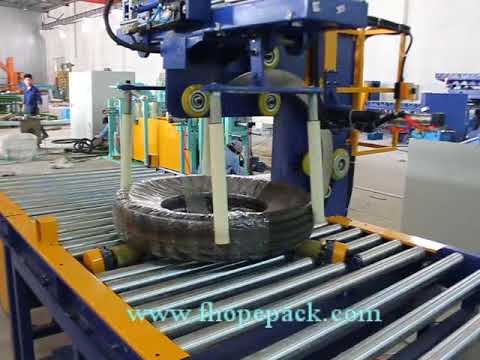
Navigating Implementation Challenges
Transitioning to automation is not without its obstacles. System downtime can severely impact operations. Prioritizing robust software and hardware, coupled with regular maintenance schedules, are strategies to mitigate these risks. Upfront investments often deter decision-makers. Evaluating the return on investment through long-term savings on labor costs and enhanced productivity paints a clearer financial picture for stakeholders. Convincing human resources of new system benefits fosters a supportive culture. Resistance to change is a common issue in automation adoption. Implementing training programs and involving staff in early stages of change planning can transform skepticism into enthusiasm. Overcoming these challenges isn't just about addressing technical issues; it's about precision engineering of both equipment and mindsets.
Understanding the Need for Coil Wrapping Machines
Struggling to maintain packaging efficiency? Discover how coil wrapping machines can transform your operations.
What makes coil wrapping machines essential? Coil wrapping machines offer precision in packaging, ensuring consistent product integrity. They minimize manual errors, optimize resource use, and enhance safety, allowing businesses to meet tight deadlines efficiently.
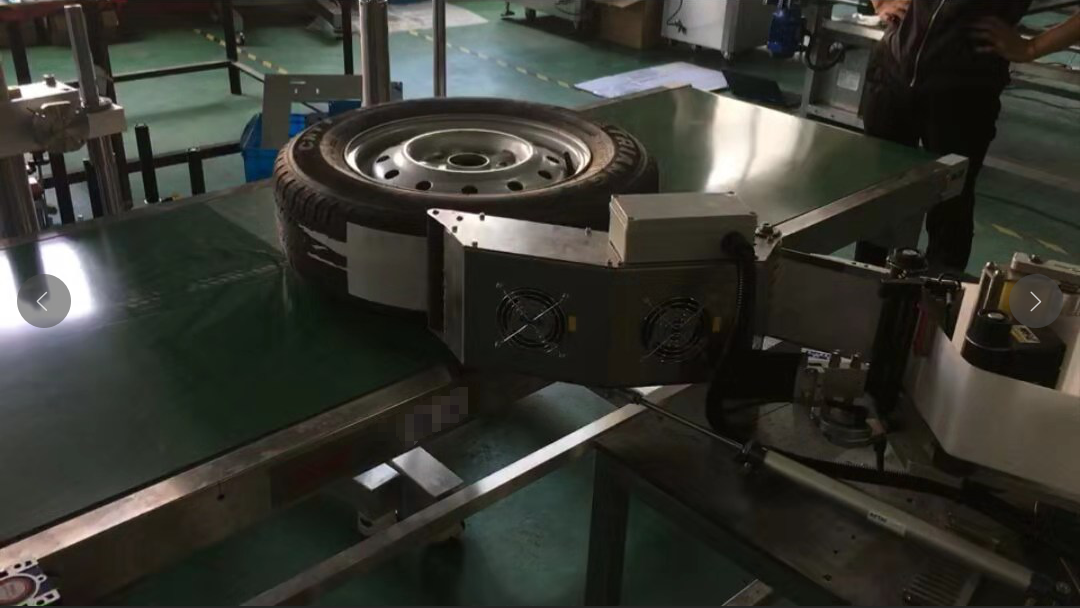
The Role of Coil Wrapping Machines in Industry
Coil wrapping machines play a critical role in streamlining packaging processes. In my 40 years of experience, I've seen how their integration reduces labor costs while increasing the accuracy of packaging. They aid in seamlessly handling large volumes, a necessity in meeting David’s goals. Crucially, these machines not only automate but also ensure the protection of products during transit, mitigating risks of damage.
| Key Feature | Benefit | Business Impact |
|---|---|---|
| Automation | Reduces manual labor | Decreased operational costs |
| Precision | Enhanced packaging accuracy | Lower rates of damaged goods |
| Efficiency | Quick processing times | Ability to meet strict production deadlines |
Today's market demands speed and reliability, and these machines deliver just that. They streamline processes and improve output quality, offering a robust solution for industries facing high production volumes or stringent standards.
Enhancing Operations with Pallet Inverters
Are your storage solutions falling short? Pallet inverters could be the efficient upgrade you need.
How do pallet inverters enhance storage efficiency? Pallet inverters simplify storage management by enabling safe and quick turnover of heavy-loaded pallets. This not only boosts space utilization but also safeguards products, reducing potential waste and loss.

Exploring the Benefits of Pallet Inverters
Pallet inverters can make a substantial difference in managing storage. Based on my extensive experience, I can attest that they increase storage flexibility by allowing businesses to utilize vertical space efficiently. This is invaluable for companies handling large coils or bulky items. Additionally, pallet inverters mitigate risks associated with manual handling, thereby enhancing workplace safety.
| Feature | Description | Advantage |
|---|---|---|
| Space Management | Efficient use of vertical storage space | Reduces storage costs and optimizes area |
| Product Safety | Minimizes handling risk | Decreases the likelihood of damage |
| Operational Efficiency | Fast and easy turnover of pallets | Improves workflow and reduces bottlenecks |
Adopting pallet inverters elevates a company's operational capabilities, making it easier to meet varying storage demands while maintaining high safety and quality standards. They represent a smart step forward in storage logistics, ensuring firms like David’s stay competitive in the marketplace.

